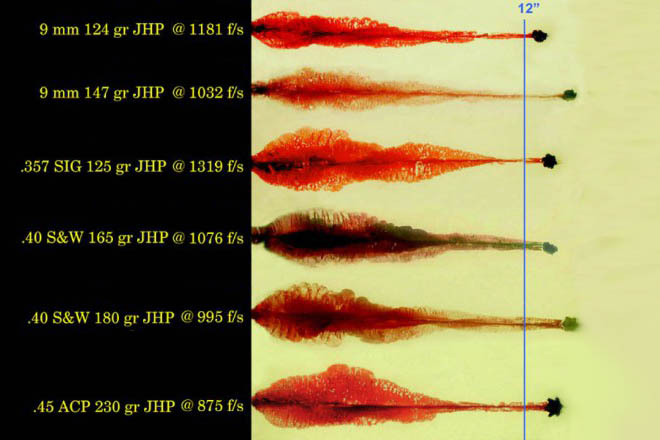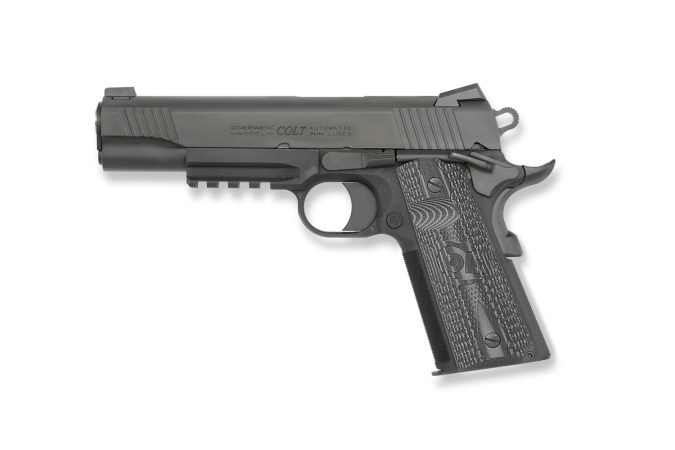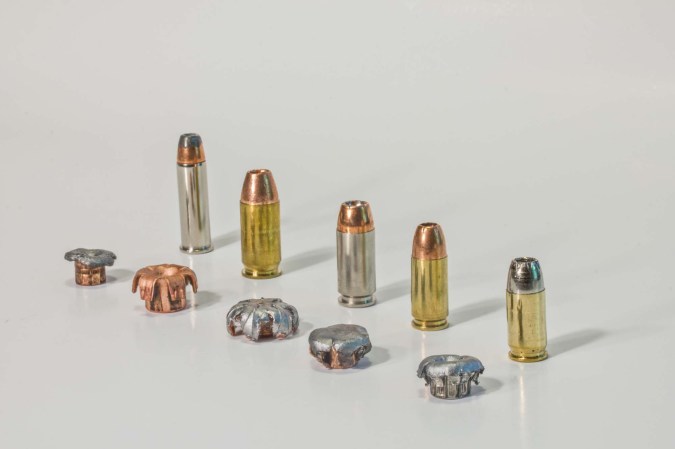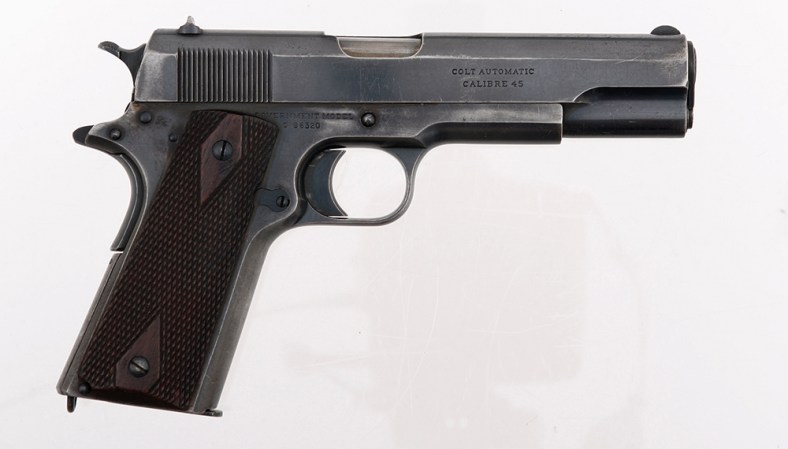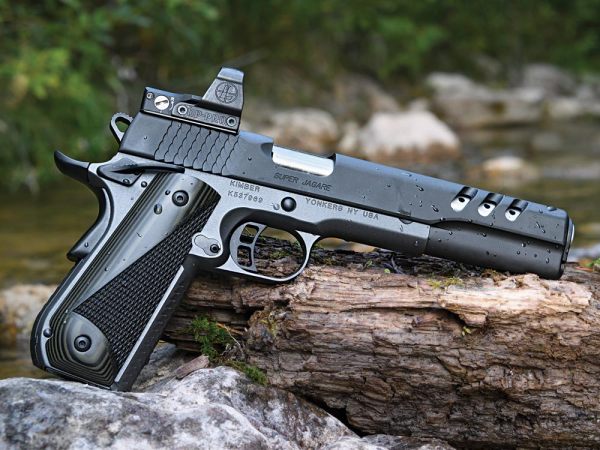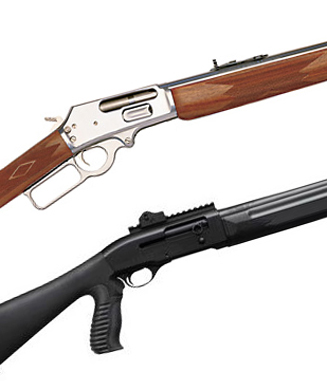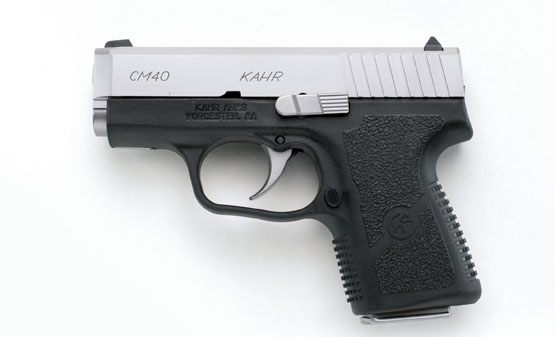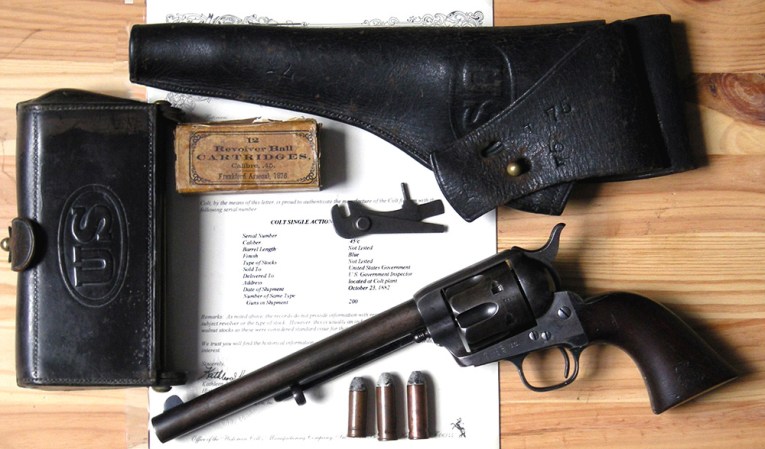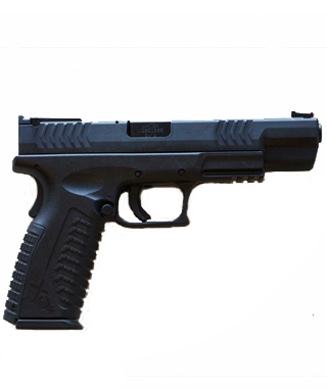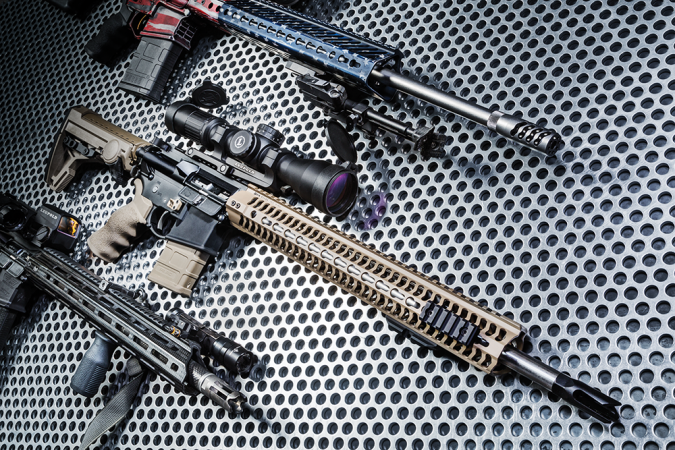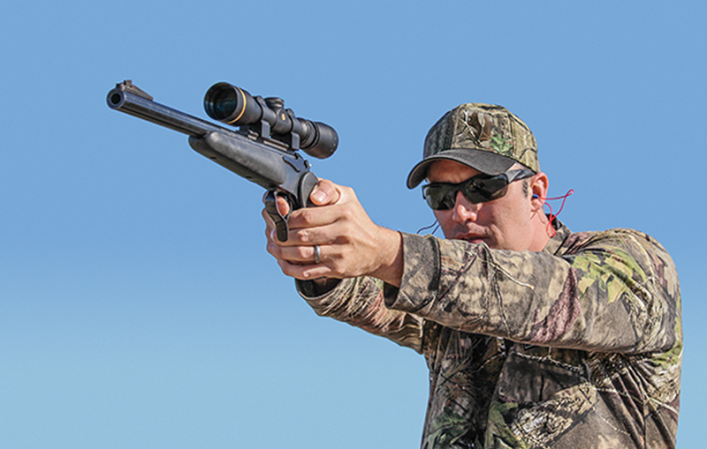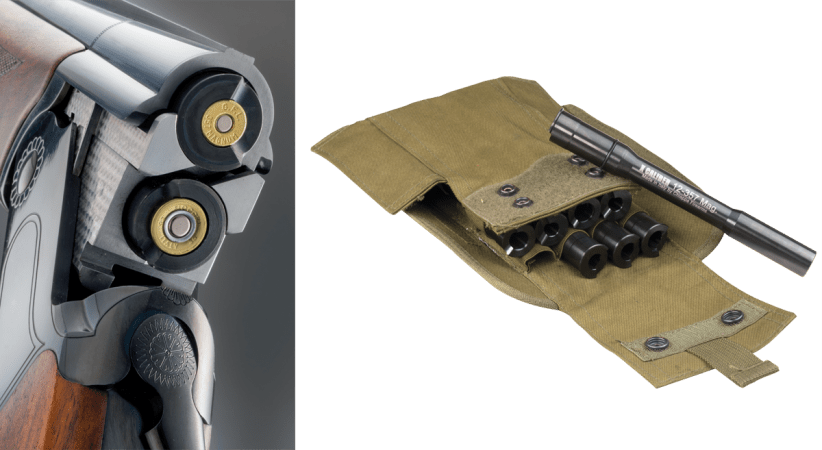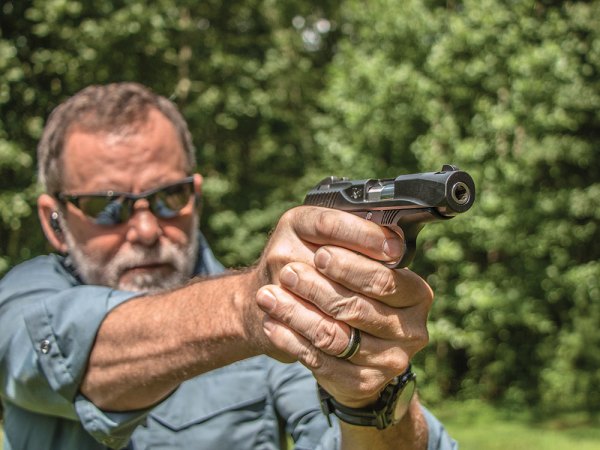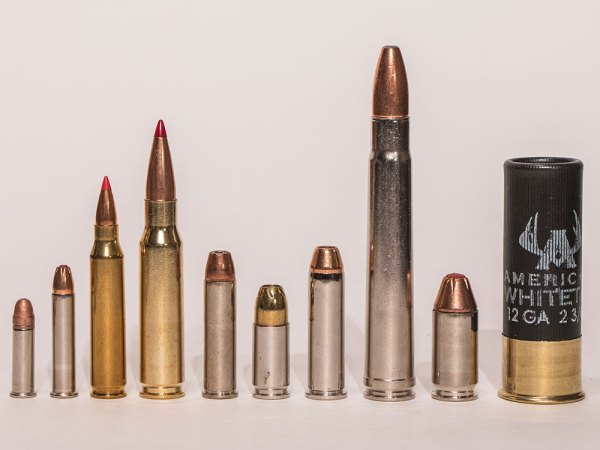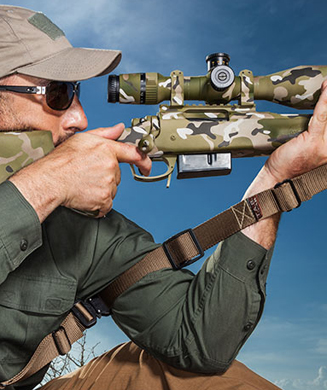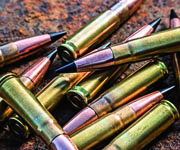We may earn revenue from the products available on this page and participate in affiliate programs. Learn More ›
I love a good argument, especially when it comes to talking guns. But I’m always amazed when people speak in absolutes about the merits of the .45 ACP versus the 9mm versus the .380, versus the whatever.
I try to picture how much data I would personally want to see, not only to witness the merits of a given cartridge but also to accurately ascertain the weakness of another, and I know I’ll never be in a position to gather all that information and experience first hand. And I doubt that many—if any—of the voices who vehemently espouse a rock-solid viewpoint on this have either.
All I do know is that I would hate to get shot by any of these cartridges. I’ve seen enough of what bullets do to flesh and bone, and it ain’t pretty.
Almost one year ago to the day, the FBI released a report on why they are tending toward the 9mm over other options, including the .45 ACP and the .40 S&W. In case you missed it, here’s what that summary included:
May 6, 2014
FBI Training Division: FBI Academy, Quantico, VA
Executive Summary of Justification for Law Enforcement Partners
Caliber debates have existed in law enforcement for decades
Most of what is “common knowledge” with ammunition and its effects on the human target are rooted in myth and folklore
Projectiles are what ultimately wound our adversaries and the projectile needs to be the basis for the discussion on what “caliber” is best
In all the major law enforcement calibers there exist projectiles which have a high likelihood of failing LEO’s in a shooting incident and there are projectiles which have a high ting incident likelihood of succeeding for LEO’s in a shooting incident
Handgun stopping power is simply a myth
The single most important factor in effectively wounding a human target is to have penetration to a scientifically valid depth (FBI uses 12″ – 18″)
LEO’s miss between 70 – 80 percent of the shots fired during a shooting incident
Contemporary projectiles (since 2007) have dramatically increased the terminal effectiveness of many premium line law enforcement projectiles (emphasis on the 9mm Luger offerings)
9mm Luger now offers select projectiles which are, under identical testing conditions, I outperforming most of the premium line .40 S&W and .45 Auto projectiles tested by the FBI
9mm Luger offers higher magazine capacities, less recoil, lower cost (both in ammunition and wear on the weapons) and higher functional reliability rates (in FBI weapons)
The majority of FBI shooters are both FASTER in shot strings fired and more ACCURATE with shooting a 9mm Luger vs shooting a .40 S&W (similar sized weapons)
There is little to no noticeable difference in the wound tracks between premium line law Auto enforcement projectiles from 9mm Luger through the .45 Auto
Given contemporary bullet construction, LEO’s can field (with proper bullet selection) 9mm Lugers with all of the terminal performance potential of any other law enforcement pistol caliber with none of the disadvantages present with the “larger” calibers
Interesting stuff, but it doesn’t motivate me to toss my .40s and .45s in the garbage can.
For me, I’m more concerned about the pistol itself. Is it easy to operate and carry? Does it function reliably with whatever ammo I settle on? Are the chances of having some degree of operator error while using it under pressure reduced?
In light of these questions, I exclusively carry handguns with no external safeties. I shoot enough different types of guns for work that I don’t want to inadvertently lock up while trying to shoot a 1911 with the safety engaged.
My main carry gun has been a Glock 23 for many years, but I’ve carried smaller pistols (and larger ones) from time time as well. Most have been striker-fired, but I’ve carried some DA/SA handguns (mostly Sigs) too. And, especially when I’m out in the wild, I often have a revolver on my hip.
The calibers on these guns include .44s, .45s, .380s, 9mms, and .40s. But I’m always careful about the specific ammo I use, making sure to go with bullets that feed well, expand reliably, and offer adequate penetration.

